One-year-old Jameson Haight has experienced more surgeries in his young life than most people face in a lifetime.
After a pregnancy beset with complications, his mom delivered him 14 weeks early and spent seven months by his side in the NICU in the Gerber Foundation Neonatal Center at Spectrum Health Helen DeVos Children’s Hospital.
In his first five months, Jameson would undergo heart surgery, eye surgery and a tracheostomy.
Though he’s fought many battles that are normal for extremely preterm babies, Jameson also faced a problem no one anticipated: He was born without an anal opening.
He had no way to poop.
Doctors call this problem an anorectal malformation or a high imperforate anus.
As his body developed in utero, Jameson’s large intestine ended high in his pelvis and did not connect to an anal opening. Instead of taking the normal path, his rectum joined up with the urinary tract in an abnormal connection called a recto-urethral fistula.
Little Jameson was so small at birth—just 1 pound, 5 ounces—that this issue at first went undetected.
Three-stage repair
Learning their tiny son would need surgery so soon after birth intensified an already distressing situation for his parents, Keeghan and Dalton Haight, who live in Muskegon, Michigan.
When the on-call pediatric surgeon turned out to be James DeCou, MD, someone they trusted because he had previously operated on another family member, the couple breathed a sigh of relief.
“I know him and my mom knows him and Dalton knows him, and so we were like, ‘OK, we’ll be fine. It’s Dr. DeCou,’” Keeghan said.
“I think God was looking out for us that day and made sure we had somebody we were comfortable with.”
Dr. DeCou explained that repairing Jameson’s anorectal malformation would require a three-stage surgical process:
- Temporarily redirecting the large intestine via a colostomy. This procedure he performed when Jameson was 3 days old.
- Creating an anal opening and correcting the anal-rectal channel via a laparoscopic surgery called an anorectoplasty. Dr. DeCou and Emily Durkin, MD, performed this operation when Jameson turned 10 months old, after he had grown to about 15 pounds.
- Closing the colostomy after the anal canal had healed, five months after the corrective surgery.
Although the second operation was the biggest and most complex of the three, creating the colostomy had challenges of its own because of Jameson’s size.
“I think he’s the smallest baby I’ve ever operated on,” Dr. DeCou said, noting how unusual it is to see such a small baby—“just a little over a pound”—with this kind of congenital anomaly.
Jameson came through each of the surgeries with flying colors. Though he will likely experience a delay in potty training and trouble with constipation, Jameson’s rectal issues should be manageable from here on out, the doctor said.
Having spent 15 months changing Jameson’s colostomy bags several times a day, Keeghan couldn’t be happier with the results. She recalls cheering the first time he filled his diaper after the big surgery.
“When he first pooped, I screamed in the hospital,” she said. “I was like, ‘There’s poop. There’s poop in there!’”
‘Road to recovery’
This doesn’t mean Dr. DeCou is done treating Jameson, however.
Back when he was nearly 5 months old, Jameson experienced feeding difficulties and needed to begin eating by gastrostomy feeding tube. Dr. DeCou placed the g-tube and at the same time revised his colostomy and fixed a pair of inguinal hernias that had developed.
In the future, when Jameson is ready to eat by mouth, Dr. DeCou will likely step up again to remove the g-tube and close the hole in Jameson’s stomach.
“We just had our first session with a (feeding) therapist,” Keeghan said, “so we’re starting the road to recovery on that.”
Eventually Jameson should be able to do without his tracheostomy tube, too, his mom said. For now, since it interferes with his vocal cords, he’s learning to talk in whispers.
As he’s grown—he now tips the scales at 15 times his birthweight—his parents have seen his personality blossom.
“It’s coming in, like, in full force, which I absolutely love. He just cracks me up,” Keeghan said.
“I’ll tell him, ‘Say “Mom,”’ and he’ll shake his head no, and he will not say ‘Mom’ for anything. And then he’ll say, ‘Hi Dad.’”
Though the past two years have sent plenty of detours the young family’s way, Keeghan said she wouldn’t change a thing about Jameson.
“He’s definitely shown me what love is—how to love myself and how to love other people unconditionally, without judgment,” she said.
“And to be happy. He’s the happiest kid I know.”
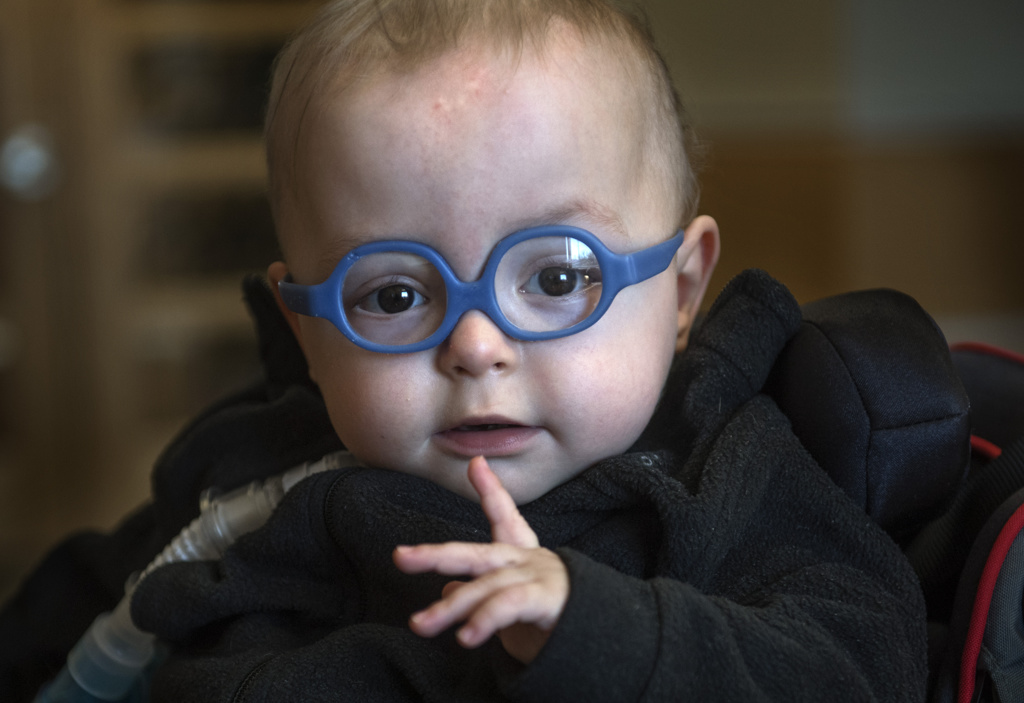
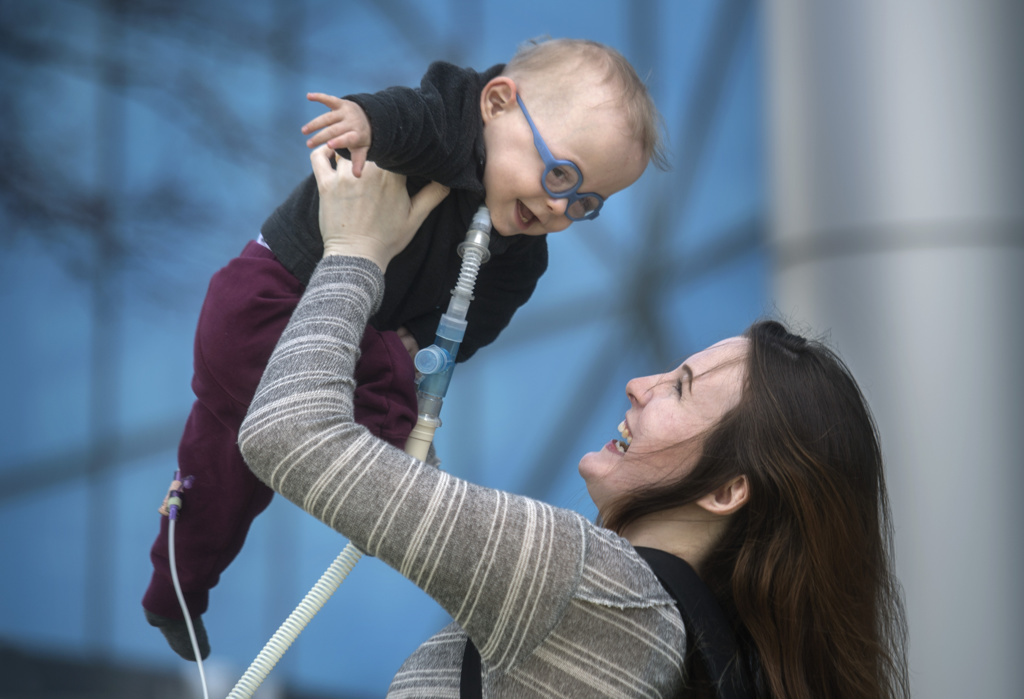


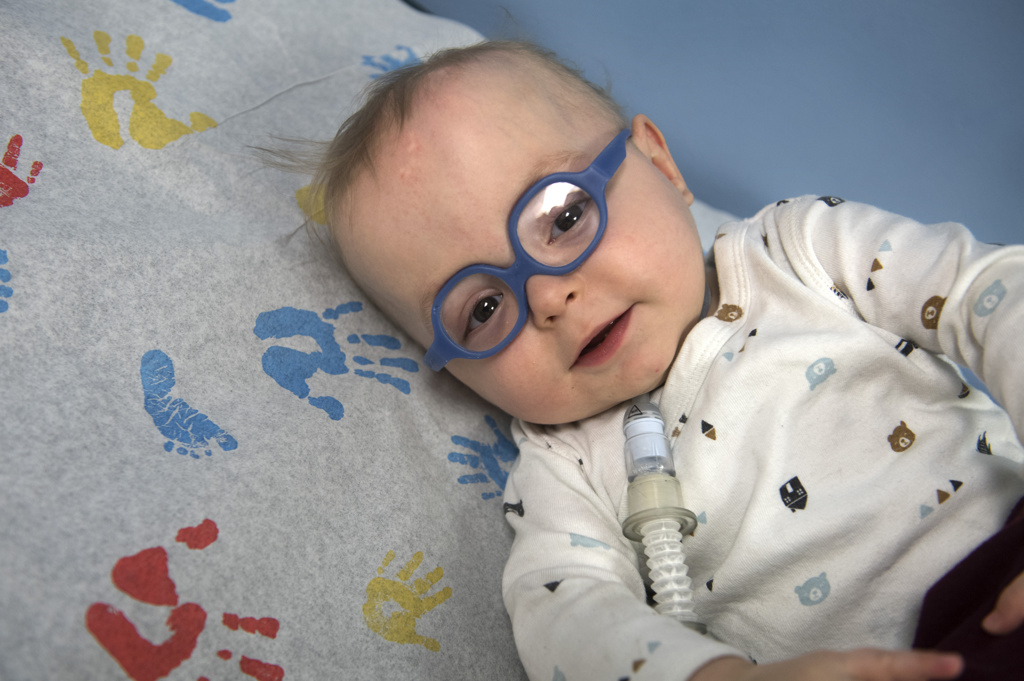
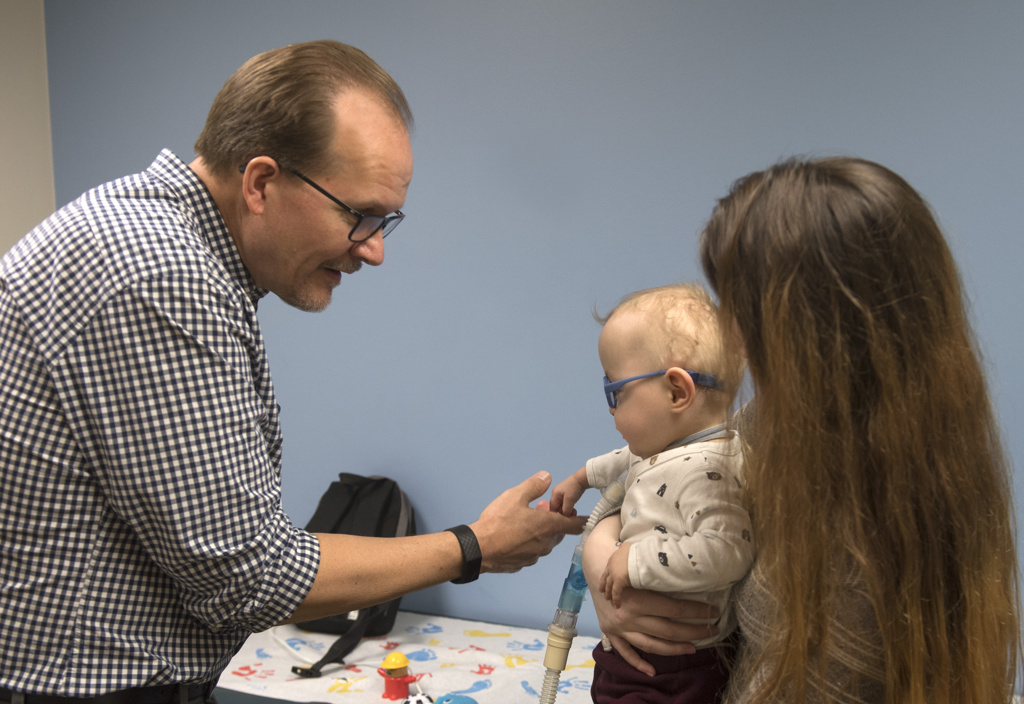
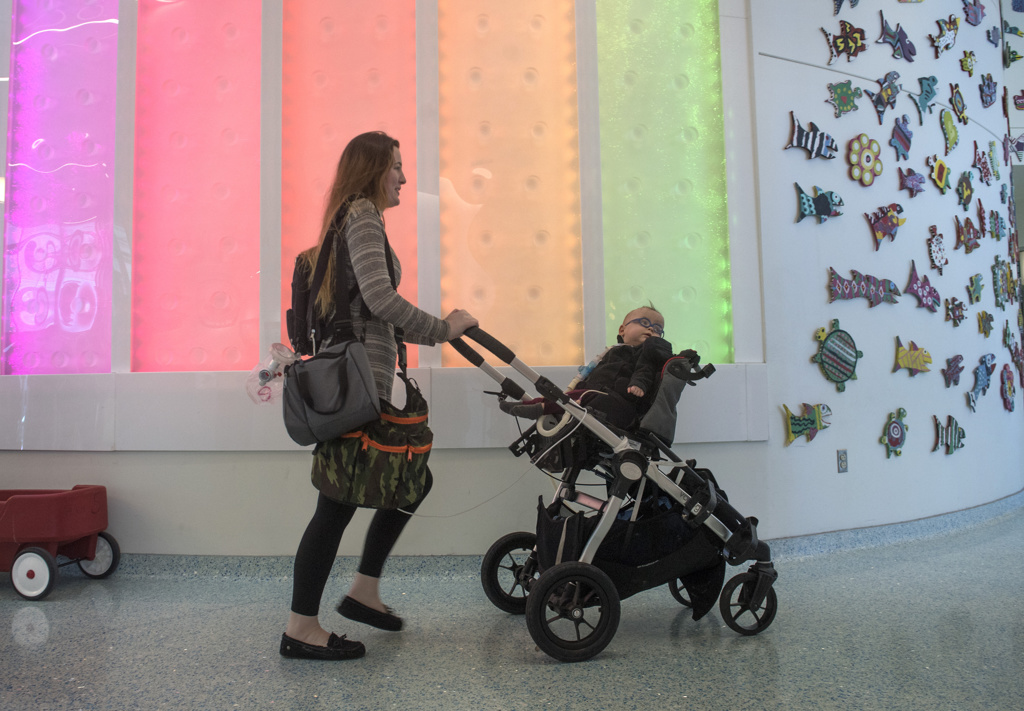
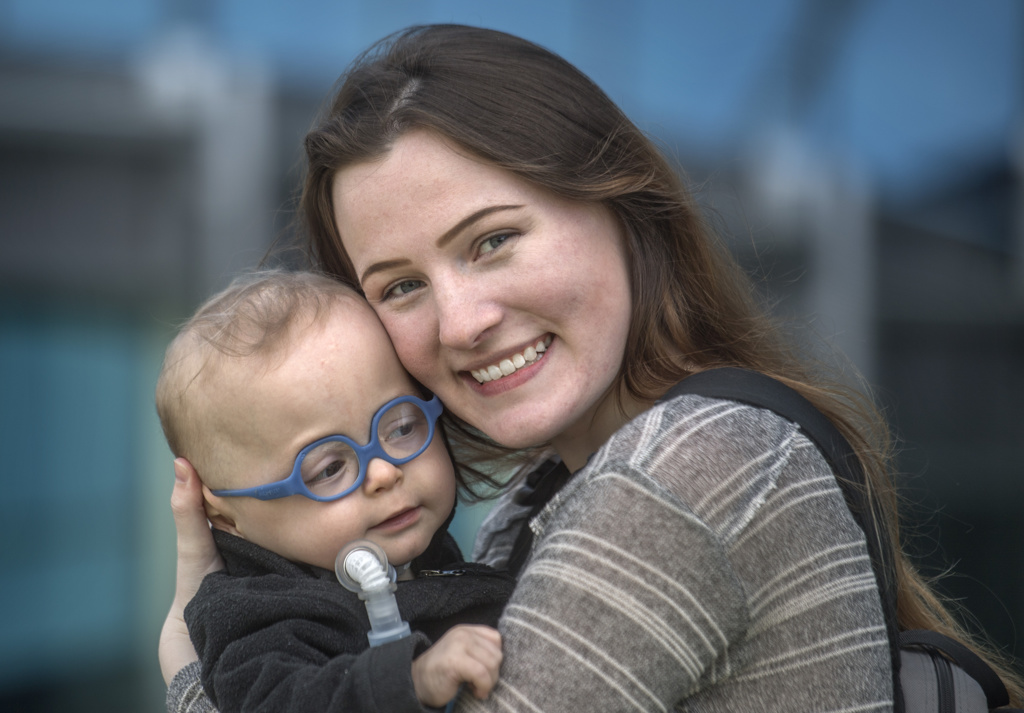


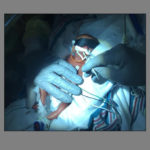
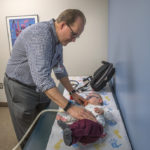
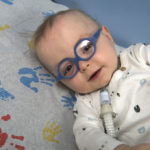
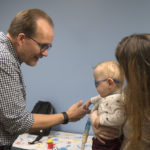


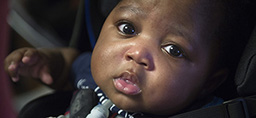 /a>
/a>
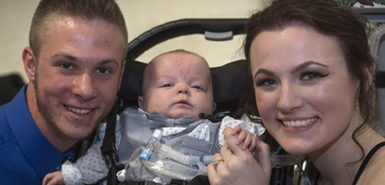 /a>
/a>
 /a>
/a>
Proud of my brother Jim!
What an adorable amazing boy! Jameson is a shining star! Bless you!!
What a blessing
Amazing journey God has sent you guys on. We have similar sons